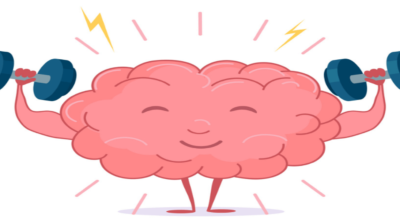
Hyperventilation is characterized by rapid and over-breathing, which increases the level of oxygen in the body, while reducing carbon dioxide below its normal level. This can produce several symptoms, including shortness of breath, dizziness, and palpitation.
Hyperventilation is generally referred to as over-breathing, or breathing deeply and rapidly. Over-breathing can cause a drop in the level of carbon dioxide, and an increase in the level of oxygen in the body. This condition is often found to accompany panic attacks, and its symptoms are also found to closely resemble the symptoms produced by a panic attack. Hyperventilation syndrome is the name of the respiratory disorder, which involves rapid breathing, and is triggered by some psychological and physiological factors.
Possible Causes
The factors that are found to trigger over-breathing are, stress or anxiety, strokes, heart attacks, and panic attacks. An injury to the head, lung diseases, infections, like pneumonia and sepsis, can also cause this condition.
Sometimes, metabolic acidosis can also trigger this condiion. In metabolic acidosis, the acidity of the blood increases. In such a situation, over-breathing can be a mechanism to increase the level of oxygen in the body, and thereby, lower the acidity of blood. Lastly, overexertion or strenuous physical activity can also cause over-breathing.
Hyperventilation Signs
This condition causes the level of carbon dioxide in the body to fall below the normal range, and the level of oxygen to rise. A drop in the level of carbon dioxide in the body changes the pH of blood, and makes it more alkaline. This causes constriction of the blood vessels, that supply blood and oxygen to the vital organs, like the brain. This in turn, reduces the supply of oxygen to the vital organs and tissues, and produces a feeling of lack of oxygen or air in the body, along with the following symptoms:
- Rapid and deep breathing
- Shortness of breath
- Chest pain
- Dryness of mouth
- Dizziness or lightheadedness
- Palpitation
- Weakness
- Muscle spasms, especially in the hands and feet
- Tingling and numbness in the hands and feet
- Blurred vision
- Confusion
- Fainting
- Bloating
- Anxiety
Treatment
For temporary relief, you can try to control your breathing. By slowing down the rate of breathing, one can bring the level carbon dioxide and oxygen to the normal range. This can reduce the symptoms, like shortness of breath, dizziness, and palpitation. Many physicians also suggest paper bag re-breathing method. When you breath the exhaled air, it helps increase the level of carbon dioxide in the body. But this method is not meant to be used for a long time, as it can lead to the inhalation of a large amount of carbon dioxide, which can prove counterproductive.
Sometimes, anxiety medications are also prescribed by physicians, in order to calm the mind of the affected individual, and reduce the rate of breathing. This however, could not treat the underlying causes. Therefore, changing the breathing pattern is a better option for the long-term management of this condition. For this, one can take the help of exercises, especially breathing and relaxation exercises.
These exercises can help control irregular breathing pattern, and reduce the incidence of hyperventilation in the future. Such exercises can also help control the level of stress and anxiety, which are found to be associated with both over-breathing and panic attacks.
However, be sure to talk to your physician to determine the underlying causes of this condition, and the associated complications. A detailed discussion with your physician regarding the causes and the symptoms of hyperventilation, would give you a better understanding about this condition.
Disclaimer: This article is for informative purposes only, and should not be treated as a substitute for professional medical advice.


